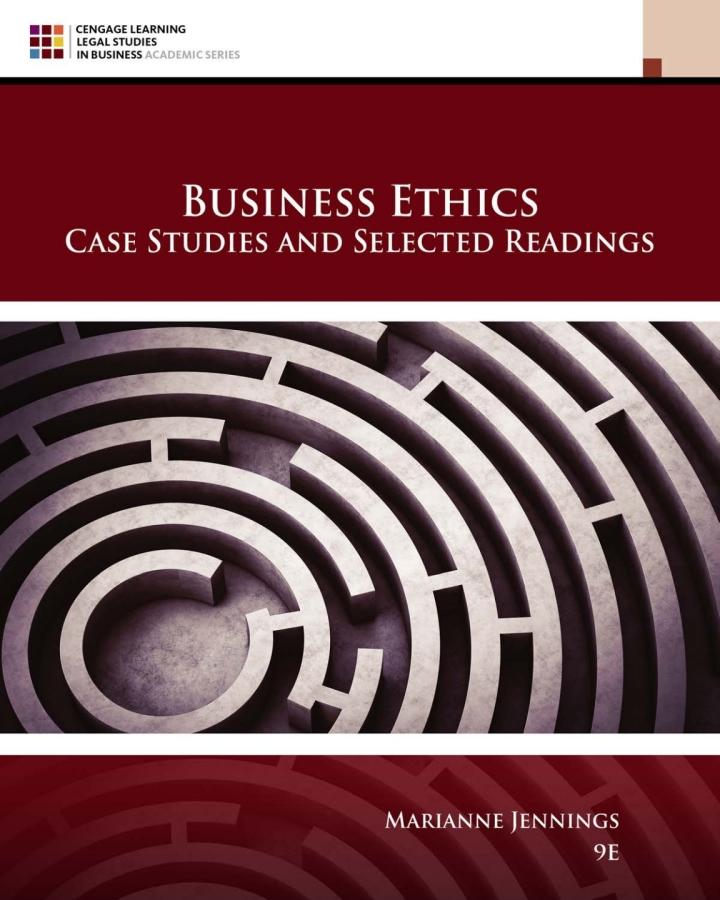Tom Moore, president of Coca-Cola's Foodservice and Hospitality Division, was looking at sales in the fountain division,
Question:
Tom Moore, president of Coca-Cola's Foodservice and Hospitality Division, was looking at sales in the fountain division, a division responsible for one-third of all of Coke's revenues. The fountain division sells fountain-dispensed soda to restaurants, convenience marts, and theaters. Sales were stagnant, and he knew from feedback from the salespeople that Pepsi was moving aggressively in the area. In 1999, Pepsi had waged a bidding war to try to seize Coke's customers. Coke held about \(66 \%\) of the fountain drink business and \(44.3 \%\) of the soda market overall. Pepsi held \(22 \%\) of the fountain market and \(31.4 \%\) of the overall soda market. The war between the two giants had been reduced to a price war. One might say that Coke's fountain sales were flat.
However, Moore envisioned a potential new product line as he looked at the Frozen Coke products. At that time, Frozen Coke was a convenience store item only. Frozen Coke was still a little-known product, and Moore's team at Coke pitched the idea of having Frozen Coke at Burger King, along with a national advertising push that would push Coke's fountain sales but also increase food sales at Burger King as customers came in to try the newly available product. Their pitch to Burger King was that Frozen Coke would draw customers and that the sales of all menu items would increase as a result. Burger King was not ready for a marketing push because it had just lived through two marketing disasters. The first was the failure of the introduction of its new fries, and another was a costly ad campaign to boost sales of the Whopper, with no impact but a great many angry franchise owners who had been required to help pay for the ads. Before Burger King would invest in another ad campaign, it wanted to see some test marketing results. Burger King asked Coke to do a promotion of Frozen Coke in a test market. Burger King chose the Richmond, Virginia, area as a good test market. If the Richmond market did not show sales during the marketing test, Moore knew that Coke risked not only no more growth in fountain sales but also loss of Burger King's confidence and perhaps an open door for Pepsi to win Burger King over.
Promotions and the marketing test in Richmond began in February 2000. Initial sales were not good. Burger King executives made what Coke employees called "excoriating" calls to Coke team members about the poor performance. Coke pulled out all the stops and hired mystery shoppers to make sure that Burger King employees were offering the Frozen Coke to customers as had been directed during the promotion. Coke gave T-shirts and other promotional items to Burger King managers to encourage them to promote Coke sales. John Fisher, the Coke executive who had just been given the Burger King account to manage, was getting more nervous the closer Coke got to the end of the Richmond promotion time frame.
The Coke team told its own employees to buy more value meals at Burger King, the menu item that was being promoted with the Frozen Coke. Finally, Robert Bader, the Coke marketing manager who was in charge of the Richmond test, decided to hire a marketing consultant, Ronald Berryman, to get more purchases at Burger King. Mr. Berryman, who had worked with Coke in the past, developed a plan that included working with the Boys \& Girls Clubs in the area. Using \(\$ 9,000\) wired to him by Mr. Bader from Mr. Bader's personal Visa card, Berryman gave cash to directors of these clubs and developed a homework reward program: if the kids came to the clubs and did their homework, they could go and buy a value meal at Burger King. The directors at the clubs assumed that the money for the value meals was a donation from either Burger King or Coke.......................
Discussion Questions
1. Why did the executives at Coke decide to go forward with the marketing studies? What questions from the models you have studied could they have asked themselves in order to avoid the problems that resulted?
2. Make a list of everyone who was affected by the decision to fix the numbers in the Richmond test market.
3. Make a list of all of the consequences Coke experienced as a result of the Richmond rigging. "The initial decision was flawed, and the rest of the problems resulted from that flawed decision," was an observation of an industry expert on the Richmond marketing test. What did the expert mean with this observation?
4. List the total costs to Coke of the Richmond rigging. Be sure to list any costs that you don't have figures for but that Coke would have to pay. Do you think those costs are done and over?
5. What lessons should companies learn from the Whitley firing and lawsuit? What changes do you think Coke has made in its culture to comply with the SEC settlement requirements? Are there some lessons and elements for a credo in the conduct of individuals in this case?
Step by Step Answer:

Business Ethics Case Studies And Selected Readings
ISBN: 9780357453865
9th Edition
Authors: Marianne M. Jennings





